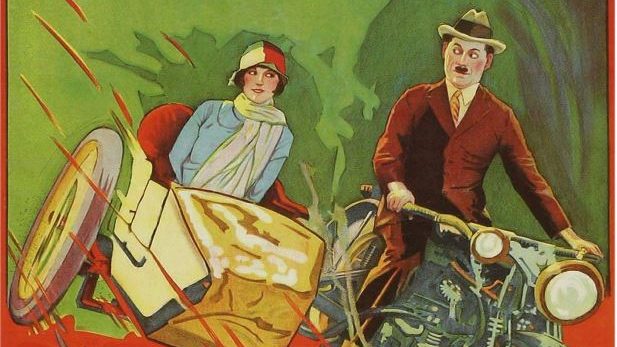Marriage. One of the world’s most traditional institutions, present in every culture, the same across centuries and millennia — at least until recently. Right?
Um, not quite. In fact, as Hope students taking the new Cultural Heritage course “Marriage in the Modern Age” this semester could tell you, none of that is true. Everything from the reasons why people chose a partner (and who does the choosing); to who was or wasn’t permitted to marry; to whether marriage was a legal, religious, or purely personal agreement; to what rights, if any, a woman retained after marriage; to the gains that people sought to marry for — they’re all drastically different in different times and cultures. There’s even been one known culture without marriage at all (but to learn about that, you’ll have to check out Stephanie Coontz’s Marriage: A History).
History books can give us a big picture, and literature can give us personal stories; together, the two have told our class a lot about different views and forms of marriage in Western Europe and North America over the last 250 or so years. But while tales like Pride and Prejudice, “The Yellow Wallpaper,” and A Doll’s House do hold truths about real lived experience in their respective times and places, they’re also fictionalized for our entertainment. That’s where the class’s Group Digital Projects fit in.
The idea behind the project was simple: pick a region and a decade, and see what marriage was like for real people in that place and time. Look only at primary sources: laws, trial reports, government documents, art, illustration, cartoons, journals, diaries, letters, advertisements, historical newspaper articles, magazine articles, op-eds, advice columns, and so on. Quantity is key — to notice patterns, draw conclusions, groups had to find enough material to know what was common and what was a fluke. Every community has its oddballs, after all!
Here are some of the topics the groups came up with:
- Interracial marriages in America, 1965-1975
- When polygamy became illegal in Utah (late 19th century)
- The Hardwicke Marriage Act of 1753, banning secret marriage in England
- Unofficial same-sex marriages in the 1980s
- The ideal marriage of 1950s sitcoms vs. the reality
Nifty, right? But where, you may be wondering, does the “digital” part come in? Well, after looking at all these great topics, the researchers needed a way to present their materials effectively, mixing different media and keeping the flavor of the historical sources while clearly getting their key findings across. Fortunately Tori Longfield, Hope’s Digital Arts Librarian, had just the tool for us: ArcGIS StoryMaps.
As Longfield taught the class, StoryMaps are cool because they can present images alongside text alongside interactive maps, charts, or timelines. It’s flexible, yet focused and contained: kinda like what you’d get if a PowerPoint and a website had a baby.
While they’re all very much worth a look, here I’ll highlight two of the students’ group digital projects.
Marriage During WW2 in Germany
by Gracien Lorincz and Emily Damstra
Fascinating finds in this project included a video of a Nazi wedding in which Hitler was the best man, and a touching profile of a concentration camp marriage.
Mixed Marriage: Catholic-Protestant Unions in Holland During the 1950s
by Jayla VanMaurick, William Harahan, Julia Hopkins, & Grace Goszkowicz
This group made use of the Joint Archives of Holland to look at what marriage was like between Catholics and Protestants in town during the Fifties. Disapproval in the newspapers! premarital contracts! what about the kids?!
In “Marriage in the Modern Age,” we’ve had a great time discussing the ins and outs of marriage — from a personal as well as societal angle. Has marriage become harder in the Western world as expectations for individual happiness continue to rise? How do some people like (Madeleine L’Engle, whose memoir we read) make marriage last a lifetime? Why do some choose not to marry at all, and how do they build alternative core relationships? The search for meaningful bonds between humans is relevant, after all, in every time and culture.


